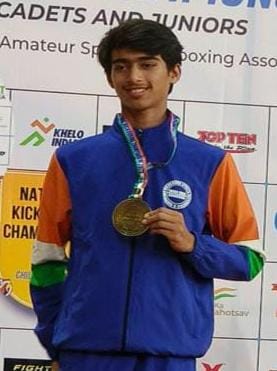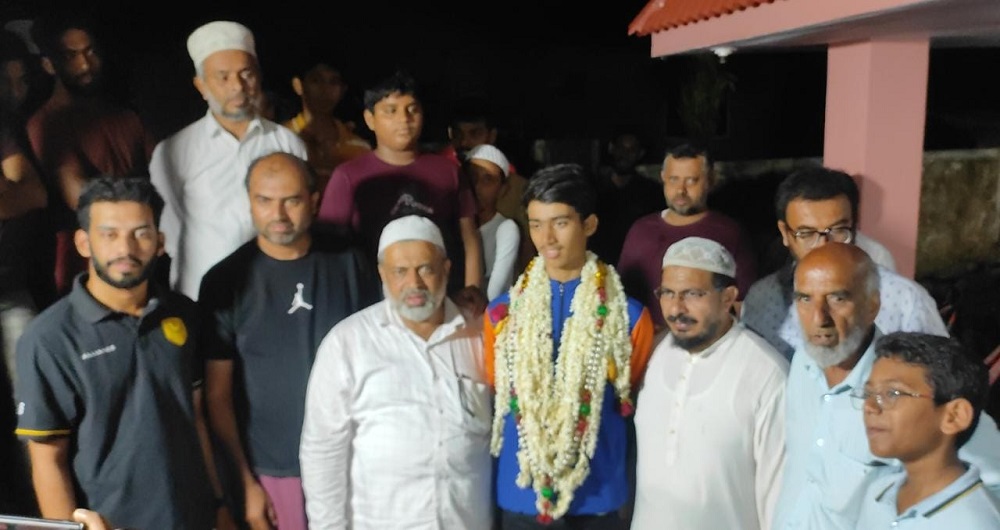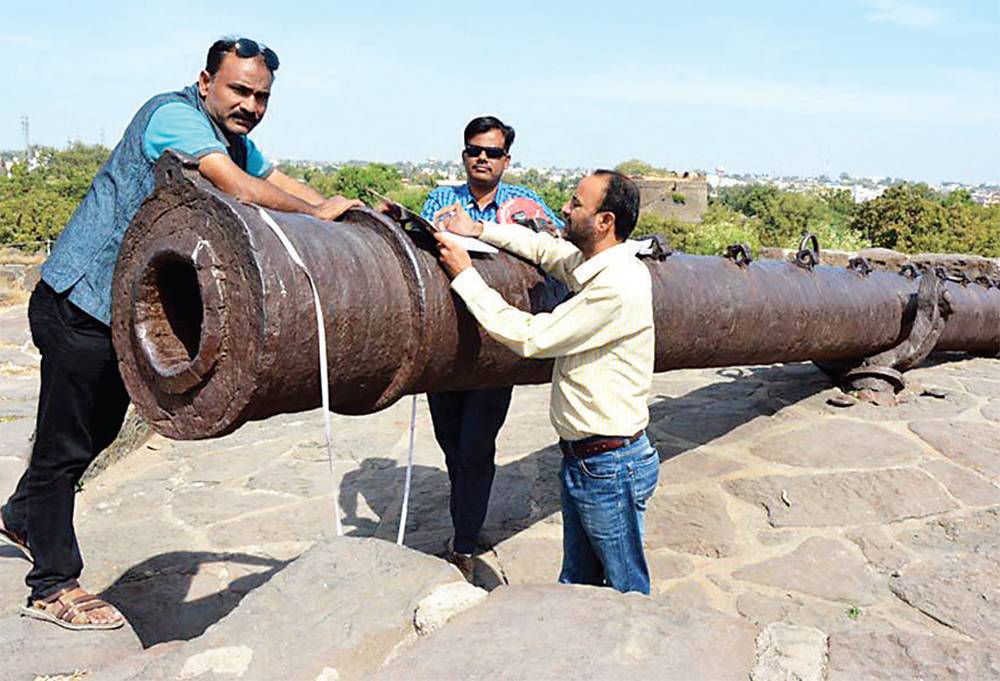Bhatkal, KARNATAKA:

Bhatkal:
Yusha Ayman Chamundi, a 15-year-old prodigy trained under the guidance of Team Alliance Martial Arts Academy in Bhatkal, has achieved a remarkable feat by clinching the gold medal in the Junior Level Kickboxing National Championship, presented by the Wako India Kickboxing Federation in Ranchi, Jharkhand.
Yusha’s victory has not only earned him the prestigious gold medal but has also secured his position to represent India at the forthcoming international level. Notably, the international kickboxing championship is slated to take place in Uzbekistan next month, scheduled for September.
Currently pursuing his SSLC studies at the esteemed Anand Ashram Convent School in Bhatkal, Yusha’s journey to this achievement began with a triumph at the District Level Kickboxing event held in Bhatkal. His stellar performance continued as he clinched a gold medal at the State Level Kickboxing (Junior Level, Under 57 kg) competition in Mysore on July 16. The young talent’s remarkable consistency propelled him to the national level, where he stood out among competitors from 24 states in the championship held in Ranchi from August 23 to 27.
In an impressive display of his skills, Yusha navigated through the rounds with finesse. Notably, he conquered Maharashtra, Telangana, and Rajasthan in the initial stages and emerged victorious against Haryana in the final, securing the illustrious gold medal. This exceptional feat has not only illuminated Bhatkal and Uttara Kannada but has also brought Karnataka into the limelight.
Beyond kickboxing, Yusha boasts proficiency in volleyball and kabaddi, frequently showcasing his talents in school-level competitions. His achievements extend to the realm of karate, where he has consistently excelled. As he continues to juggle sports and studies, Yusha’s aspirations reach beyond the arena – he envisions becoming a Chartered Accountant after completing his matriculation.
Yusha’s dedication to martial arts traces back to his early years, fueled by a passion that led him to join Alliance Martial Arts Academy under the guidance of Mohammed Ismail and Mohammed Shammas. His late uncle, Athar Armar, also played a pivotal role in nurturing his martial arts skills.

As Yusha returned home to Bhatkal from Ranchi, he was greeted with exuberance by his community. The youth of Madina Colony and Mohiuddin Street, his residential areas, warmly welcomed him, adorning him with garlands in a jubilant celebration of his achievement. Friends, family, and well-wishers filled his home, expressing their pride and admiration.
Azizur Rahman Ruknuddin Nadvi, President of Bhatkal Muslim Youth Federation, joined the chorus of congratulations, offering floral garlands to Yusha and extending his good wishes to both him and his family.
source: http://www.sahilonline.com / Sahil Online / Home> Coastal News> Featured News> Sports News / by S O News Service / headline edited / by IG Bhatkal / August 31st, 2023










